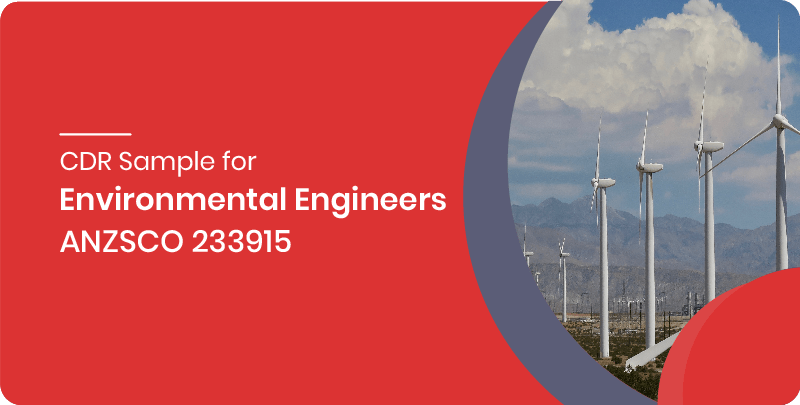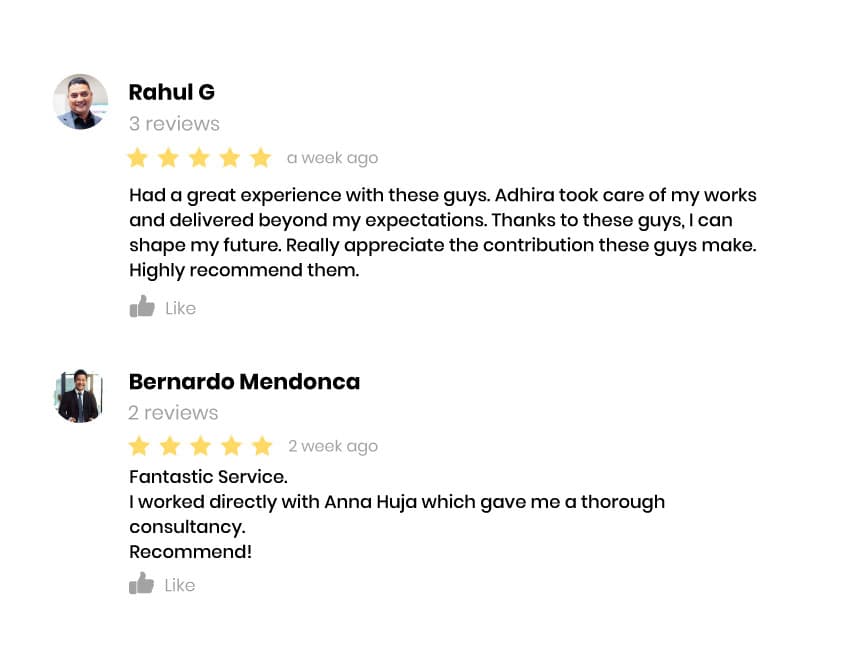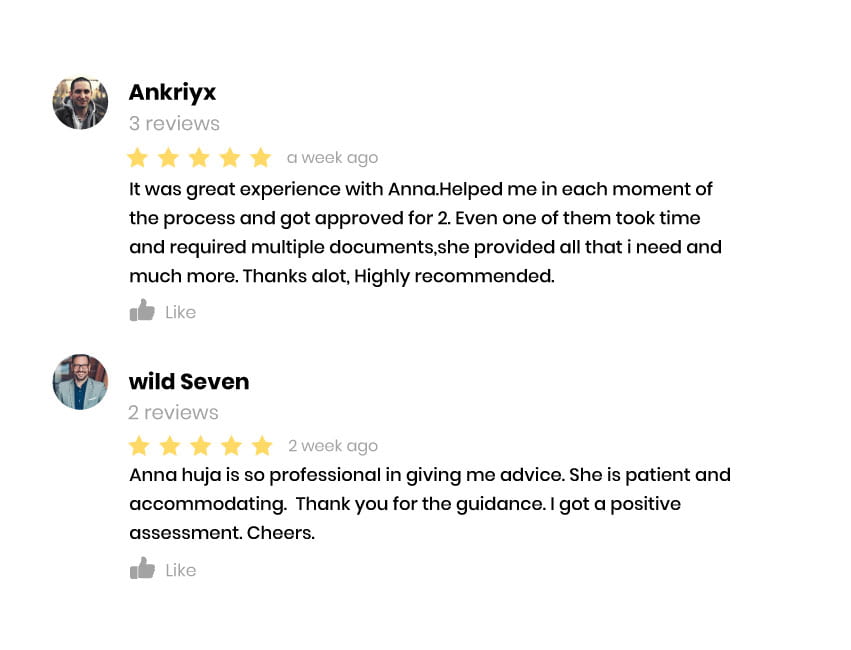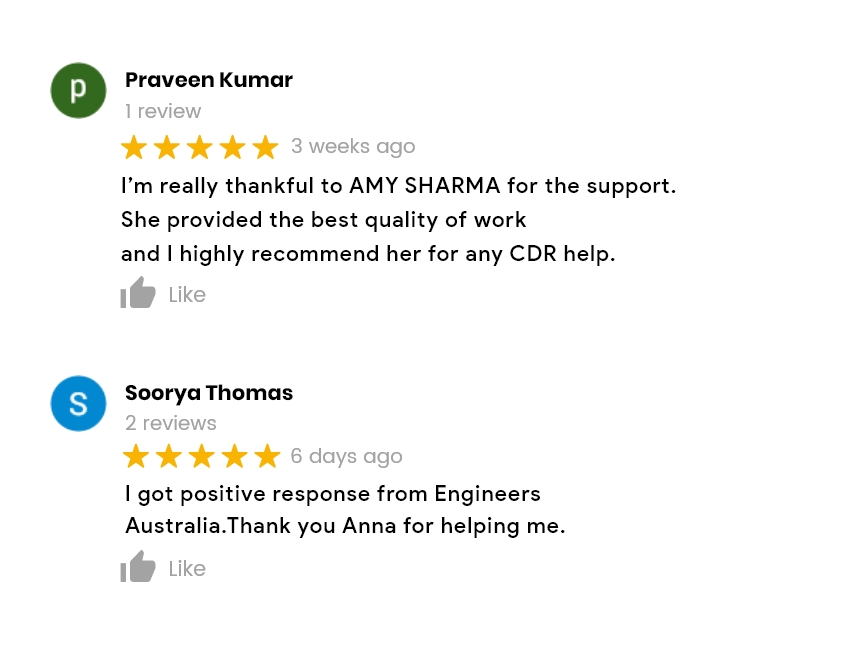Get Free Consultation
CDR Sample
Environmental Engineering: ANZSCO 233915
Environmental engineers utilize the standards of designing, soil science, science, and science to create answers for natural issues. They work to improve reusing, garbage removal, general wellbeing, and water and air contamination control. They also address worldwide issues, such as dangerous drinking water, environmental change, and natural maintainability.

Competency Demonstration Report (CDR) Sample for Environmental Engineers
The Competency Demonstration Report Sample for Environmental Engineer includes all the necessary reports such as Three Career Episodes, Continuing Professional Development, Summary Statement and Curriculum Vitae. The Content of the Sample is as follow
Environmental Engineer Career Episode Report Samples
The career episode must be written on your own based on your recent work experience and must be in the English language. Each career episode should highlight the problems faced in your project and the steps taken to overcome them. It would be best if you numbered each paragraph of your career episodes as `` Career episode 1 (paragraphs 1.1, 1.2, 1.3, etc.) ``. The primary four components are as follows:
Project Name: Hydraulic Conductivity, Infiltration, and Runoff from No-till and Tilled Cropland
In first career episode, the author describes the project he did for the partial fulfillment of requirements for the Degree of Master of Science. The project’s name was “Hydraulic Conductivity, Infiltration, and Runoff from No-till and Tilled Cropland”. The responsibilities of the author were:
-
To quantify the satiated hydraulic conductivity and runoff on center pivot irrigated, long-term no-till systems
-
To determine the effect of slot, ridge, and disk planting on the satiated hydraulic conductivity in a furrow irrigated field and measure satiated hydraulic conductivity on dryland tilled and no-till plots
-
To investigate factors that may increase the satiated hydraulic conductivity and decrease runoff
-
To study center pivot irrigated tilled and no-till fields to determine the effect of no-till planting on infiltration and runoff
-
To investigate four pedotransfer functions models: Crust Factor, ROSETTA, an equation used in the Water Erosion Prediction Project (WEPP) and Soil Water Characteristics tool (SWC) to determine which equation most accurately describes satiated hydraulic conductivity when both tilled and no-till fields are considered.
Project Name: Finding Robust Solutions Against Environmental Changes
In second Career Episode, the author prepared this thesis for the degree of Doctor of Philosophy. His duties and responsibilities in the project “Finding Robust Solutions Against Environmental Changes” were:
-
To describe ROOT problems and solutions to ROOT
-
To provide two benchmarks developed for ROOT
-
To propose a novel algorithm framework specially for solving ROOT
-
To demonstrate the advantage of the proposed framework by comparing a few representative TMO approaches with an instantiation of the proposed framework
-
To use dynamic handling strategy
Project Name: Environmentally Friendly Pultrusion
In third Career Episode, the author prepared this theses during his university study for the degree of Doctor of Philosophy. The Project was “Environmentally Friendly Pultrusion”. The key responsibility of the writer was:
-
To develop an environmentally-friendly pultrusion technique for the production of the fibre-reinforced composites
-
To analyse the physical, mechanical and thermo-mechanical properties of the composites pultruded
-
To design and evaluate a rig for the lateral spreading of the rovings
-
To design and evaluate resin impregnators to develop the clean pultrusion technique
-
To demonstrate the clean pultrusion technology in the laboratory and under industrial conditions
-
To compare the properties of the composites obtained using the clean and conventional pultrusion processes
-
To undertake an LCA on the clean and conventional pultrusion processes



